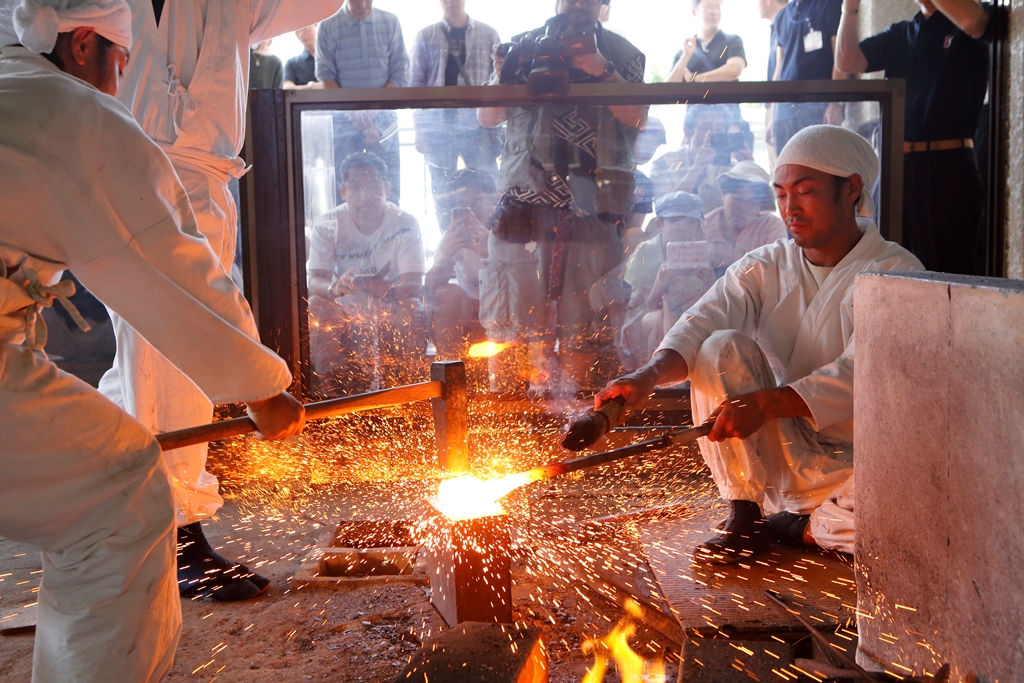Gifu

Walking around Gifu Castle and Gifu Park 
Great Buddha of Gifu 
Walking around Kawaramachi District
First off, explore Gifu Castle, the base of Nobunaga Oda, one of the most famous samurai leaders. The impressive castle is accessed via the scenic Mt. Kinka Ropeway. Don’t forget to take a stroll around Gifu Park to admire the lush foliage and visit the largest lacquered Great Buddha Statue (Daibutsu) in Japan.
Last but not least, enjoy the uniquely relaxing atmosphere of walking around the old-timey streets of the Kawaramachi District. Stop by one of the local handicraft stores for a one-of-a-kind handmade souvenir.
- 1
- Gifu
Gifu – Gujo Hachiman
Gujo

Walking around Historic District 
Walking around Historic District 
Gujo Dance Performance 
Food replica workshop 
Food replica workshop 
Gujo Hachiman Castle
Situated near the beautiful Nagara River, a trip to the historic district of Gujo Hachiman makes for a beautiful day out. Gujo is also known for the Gujo Dance in the summer, and the beautiful, stunningly clear waters that run through the town. If you missed the Gujo Dance season, you can experience a live performance during a visit to the nearby Gujo Hachiman Museum. After enjoying the dance, try your hand at making some Japanese replica food samples. And lastly, head upstairs for a breathtaking landscapes from the stone-walled Gujo Hachiman Castle.
- 2
- Gujo
Stay in Gujo Hachiman
Gujo Hachiman Castle Town Plaza – Gujo Hachiman IC
Gujo Hachiman IC – Shirakawa-go
Shirakawa-go

Shirakawa-go 
Ogimachi Castle Observation Deck 
Walking around Gassho-style Houses 
Walking around Gassho-style Houses
Explore the UNESCO World Heritage Site, Shirakawa-go: a rustic, traditional village deep in the mountainside. Famous for its thatched “gassho-style” houses, the snow-capped roofs are a sight to behold in the winter. Shirakawa-go is also surrounded by vast rice fields, owned by residents who still farm for a living. A walk around the quaint village is sure to make visitors feel as if they’ve been transported back to the olden days. Discover what it’s like on the inside by visiting opened houses, or take a 15-minute hike up to the Shiroyama Viewpoint to enjoy a panoramic view from above.
- 3
- Shirakawa-go
Shirakawa-go – Takayama Nohi Bus Center
Takayama

Takayama Historic District 
Takayama Jinya 
Hida Beef 
Hida Beef 
Morning Market (Miyagawa & Jinyamae) 
Morning Market (Miyagawa & Jinyamae)
Once a busy merchant town, the Takayama Historic District retains most of its original buildings and traditional architecture to this day. Now, the district is home to crafts and sake breweries, as well as food stalls selling local specialties such as mitarashi dango and Hida beef skewers. Takayama Jinya is also known as the Takayama Historical Government House, the only one of its kind remaining in Japan — making it a building of immense historical significance.
- 4
- Takayama
Takayama Nohi Bus Center – Shinhotaka Ropeway
Okuhida Hot Spring Villages

Oku-Hida Hot Spring Village 
Oku-Hida Hot Spring Village 
Oku-Hida Hot Spring Village 
Shinhotaka Ropeway
Escape to the mountains deep within the Japanese Alps to experience a truly magnificent ‘rotenburo’ hot spring. Okuhida Hot Spring Villages consist of five different hot springs, all of them combined to make Okuhida have the most open-air springs (rotenburo) in the country. For those who want a bird’s eye view of the Alps, hop aboard Shinhotaka Ropeway’s double-decker cable car. It takes you 2,156 meters high in the air to fully immerse in the grandeur of the Japanese Alps.
- 5
- Okuhida Hot Spring Villages
Shinhotaka Ropeway – Hirayu Onsen
Stay in OkuHida Hot Spring Villages





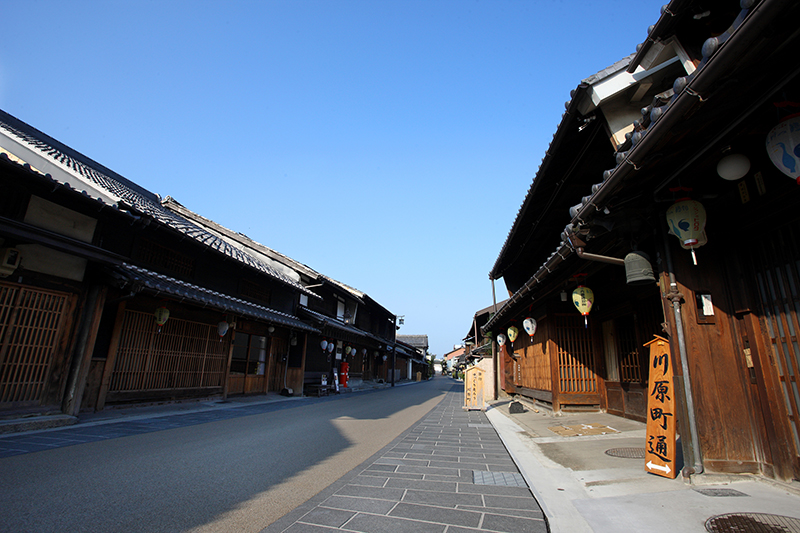


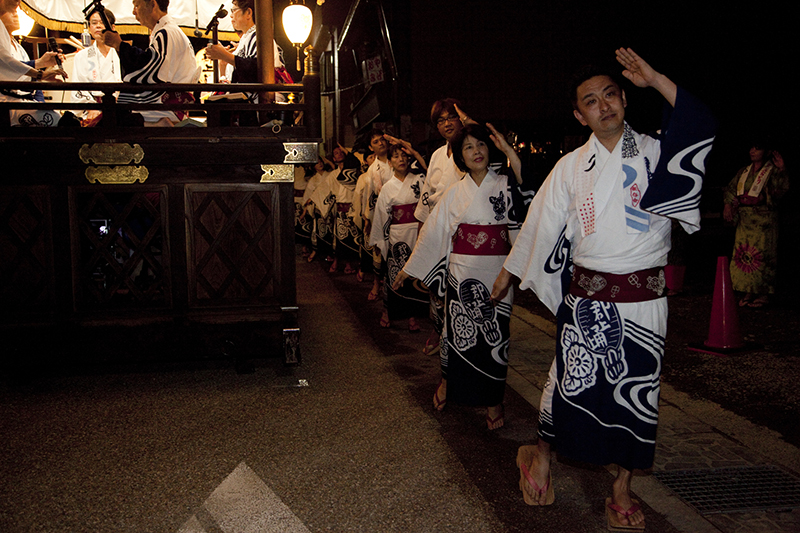



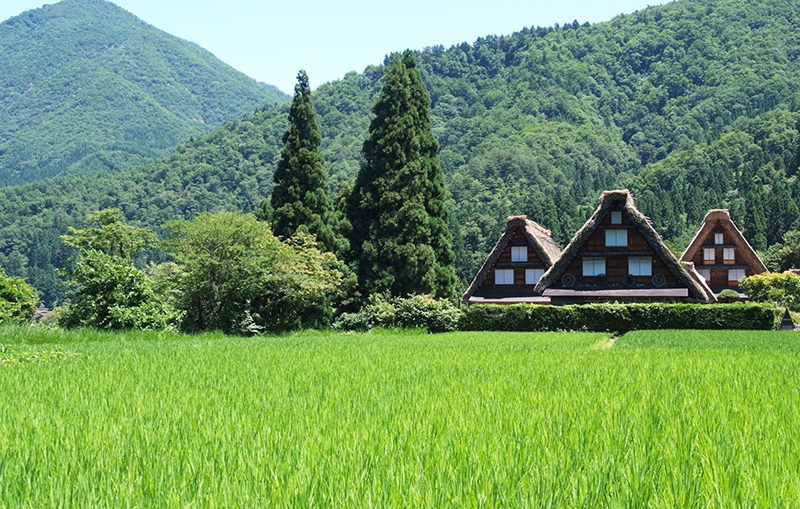



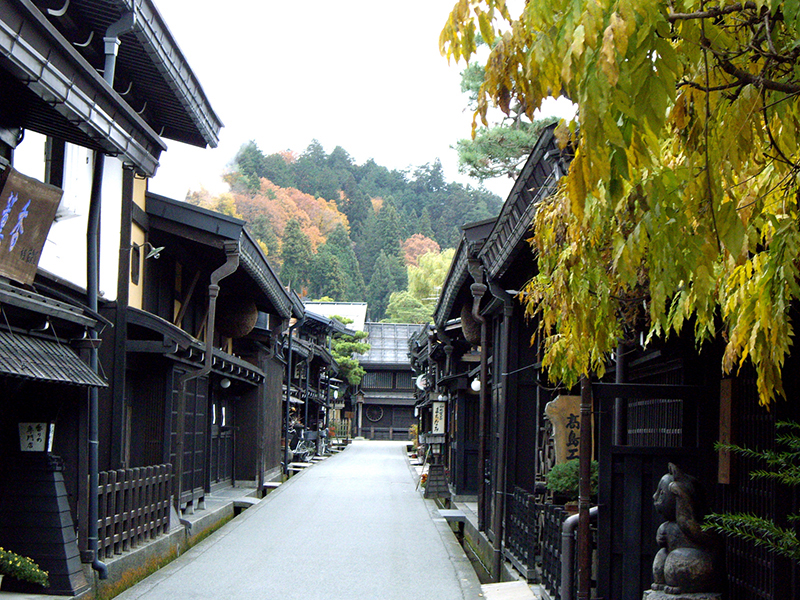





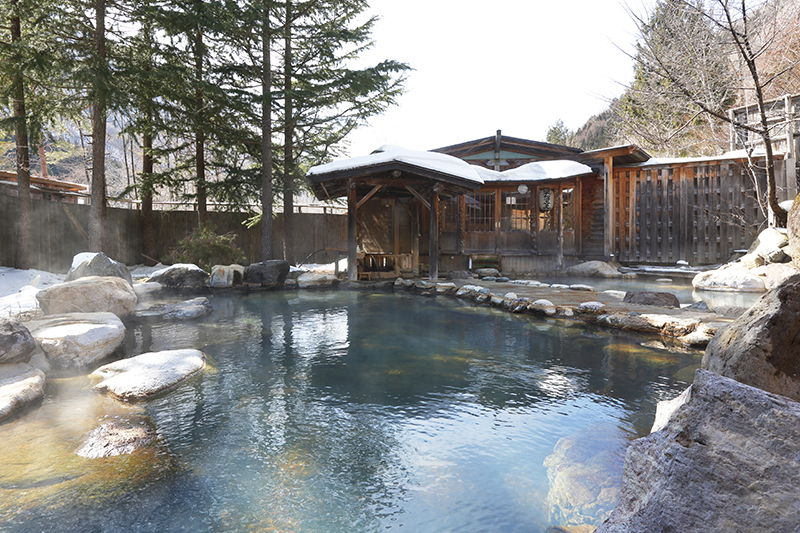
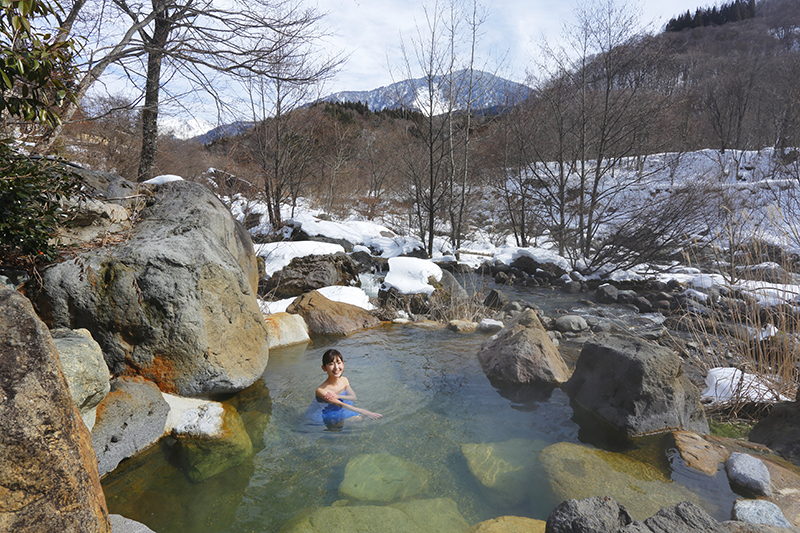

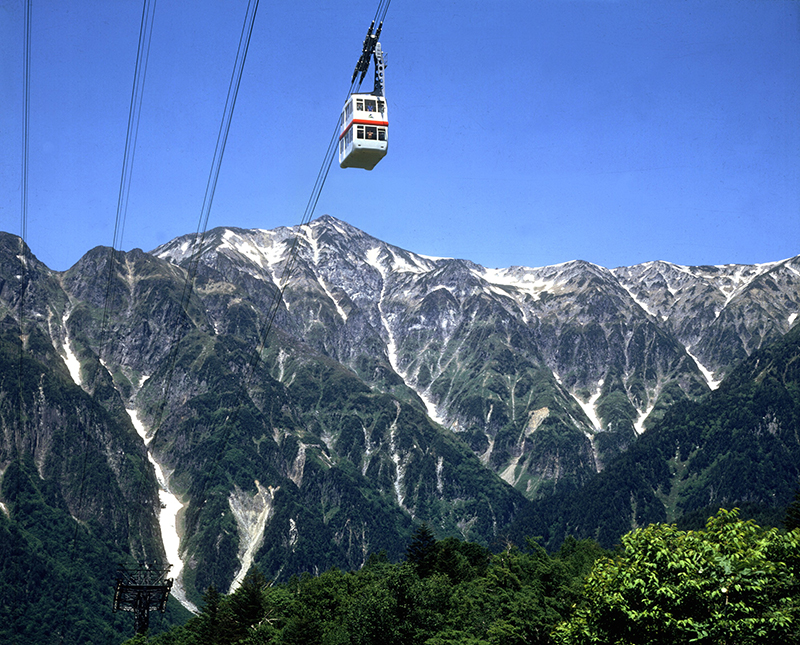
 Twitter
Twitter
 Facebook
Facebook










